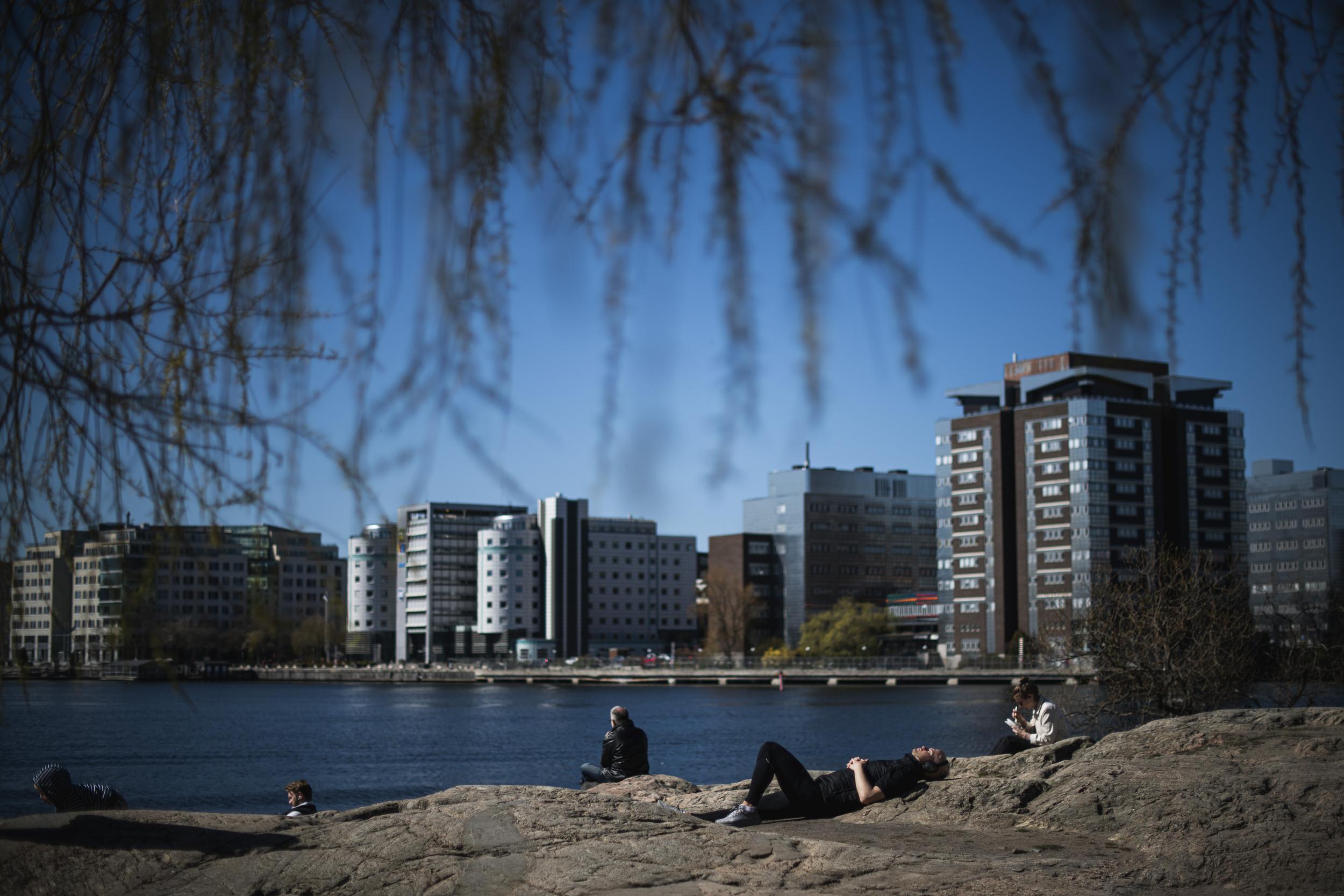This website uses cookies so that we can provide you with the best user experience possible. Cookie information is stored in your browser and performs functions such as recognising you when you return to our website and helping our team to understand which sections of the website you find most interesting and useful.

Eleven out of the 12 hottest years to date have all occurred since 2000, according to a new report by the European Union’s climate monitoring service.
Last year was the hottest year on record for Europe after scorching heatwaves led to record-breaking temperatures in February, June and July, scientists from the Copernicus Climate Change Service (CS3) said in the annual European State of the Climate report.
“The number of days with high heat stress levels are increasing in both northern and southern Europe,” they said.
The findings highlight a continuing trend of warming over four decades in Europe which the Copernicus scientists say is being caused by rising greenhouse gases.
“These record-breaking events are not a surprise. With the climate warming all time, we are bound to see a disproportionate number of record-breaking [hot] years and relatively fewer extremely cold events,” Carlo Buontempo, director of the Copernicus climate service, told The Independent.
“The latest data for all global climate indicators show values in line with the trends of recent decades, with greenhouse gases continuing to increase, while glaciers and ice sheets are losing mass, further contributing to sea level rise,” he said.
An intense heatwave at the end of July led to record melting of Greenland’s ice sheet and all-time records being broken in northern Scandinavia, the Copernicus report noted.
According to recent research, Greenland’s ice sheet and the polar ice caps are melting six times faster than they were in the 1990s. The high melt rate fits with the worst-case scenario outlined by the UN’s Intergovernmental Panel on Climate Change (IPCC), which states that sea levels will rise 17cm without sweeping reductions in greenhouse gas emissions.
“Europe’s climate is often tied to conditions in the Arctic, and changes there can have a huge impact on our lives,” according to Professor Andrew Shepherd, director of the centre for polar observation at the University of Leeds.
“We can’t avoid the rapid changes in climate that are happening around our planet, even if they occur miles away in the polar regions, because they affect our weather today and will affect our coastlines in the future,” he said.
Concentrations of CO2 and methane in the atmosphere continue to increase. “It is only possible to find concentrations as high as they were in 2019 by going back millions of years in history,” the Copernicus scientists said.
Professor Martin Siegert, co-director of the Grantham Institute for Climate Change at Imperial College London, told The Independent that the current level of CO2 in the atmosphere is “unnaturally high”.
He said it should be 280 parts per million (ppm) but is currently 415ppm and could reach 1000ppm by the end of the century if CO2 emissions continue to rise at their current rate.
“The last time the CO2 was this high was during the Pliocene, [around] 4 million years ago. Then temperatures were 3-4C warmer than now and sea level was 20-30m higher,” he said.
Global temperatures have risen around 1.1C above the pre-industrial era over the last five years. In Europe they have increased almost 2C, according to Copernicus.
UN scientists say that global emissions need to be cut by at least 7.6 per cent each year until 2030 to limit global warming to 1.5C, the crucial threshold which will precipitate the risk of extreme weather events and food shortages for hundreds of millions of people.
“We must act to reduce our global emissions to zero in the next 30 years if we are to keep the planet in a condition that supports our society,” Siegert said.



 Africana55 Radio
Africana55 Radio 

